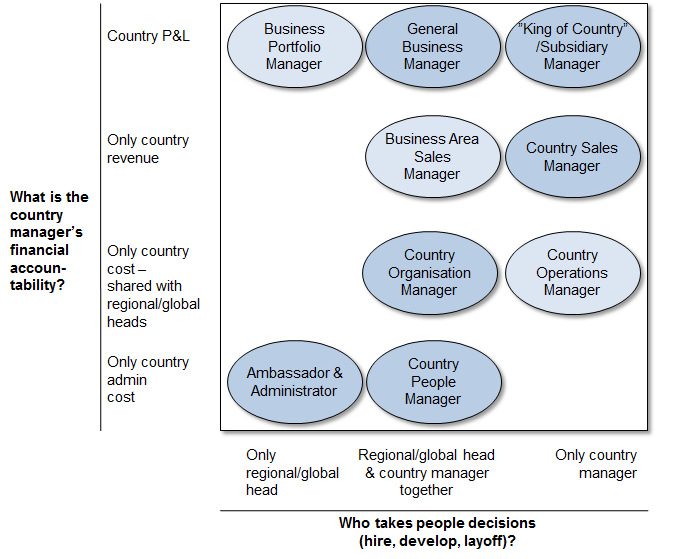Despite the fact that consultants from Oleto Associates wrote this small article some 10 years ago, it still remains highly relevant today as we are entering the 2020s. Our clients continue to use this. It is also one of our most visited online articles by universities and business schools around the world according to our statistics.
The Importance
But is that really true?
Several events can trigger the country manager fire to ignite. Often, a company needs to enter a new country and put in place a CEO on the ground. Alternatively, the country manager is already in place but the surrounding global organisation changes around him/her. Or, the country manager has a desire to change their role to better fit with their ambition or skill set.
For example, a global service company wanted to enter Turkey and hired a high profile country manager to spearhead the local business. After a few months of executive search, a top candidate was hand-picked from one of the large companies in the country, a substantial sign-on & exit bonus was agreed and after three months the country manager started in their new role. However, after just one year on the post the country manager left the position as they felt there was nothing to do in the global matrix organisation. The so-called industry verticals drove the sales and the horizontal delivery organisations handled the delivery. They were not hired to be just a “figurehead” for the company. What happened?
The Country Manager Models
In our work with international clients we have come across nine different models that are used (see exhibit 1). The key differentiators seem to be the country manager’s financial accountability and the people responsibility. Below we will outline six of those typical models.

Exhibit 1: The Country Manager Roles.
Source: Oleto Associates experience.
The Ambassador & Administrator is responsible for decisions for administrative personnel and facilities cost only.
The Country People Manager is solely responsible for all people decisions regarding administration personnel. The manager takes people decisions in coordination with global heads (but not responsible for their cost) and covers administration personnel and facilities cost only.
The Country Organisation Manager is the globally integrated managing director of the company in the country. The manger is solely responsible for all people decisions regarding administration personnel and he/she can take people decisions in coordination with global heads. The manager has full accountability for all personnel and facilities cost in the country, but not revenue responsibility.
The Country Sales Manager is solely responsible for the top-line in the country. He/she can take people decisions regarding personnel. The model is common if the subsidiary’s main role is sales.
The General Business Manager. He/she is solely responsible for all people decisions in the country and takes people decisions in coordination with global heads. He is fully accountable for the country P&L. Probably the most used model for global firms with a substantial local presence, despite its inherent conflicts.
Finally, the King of Country/Subsidiary Manager model. In this model the country manager acts as the CEO of a country-based organisation. He/she takes all people decisions for the country organisation, in coordination with functional heads and there is full accountability for the financial results. This model is often seen when a global firm enters a new country. It was often used by pharma companies before they started the globalisation of their organisations.
Making Deliberate Choices
Each of these country manager models is right in a particular setting: The right leader, the right time, the right strategic and organisational context.
However, companies need to be more informed and deliberate about their choices, including the benefits and conflicts of each role.
They should make sure organisations and expectations are aligned on an ongoing basis and that appropriate escalation paths are available to resolve the conflicts built into so many of these models.
About the authors: This article was written by a team of consultants from Oleto Associates, a strategy consulting firm based in Denmark. For more information please visit www.oleto.com.
February 2010